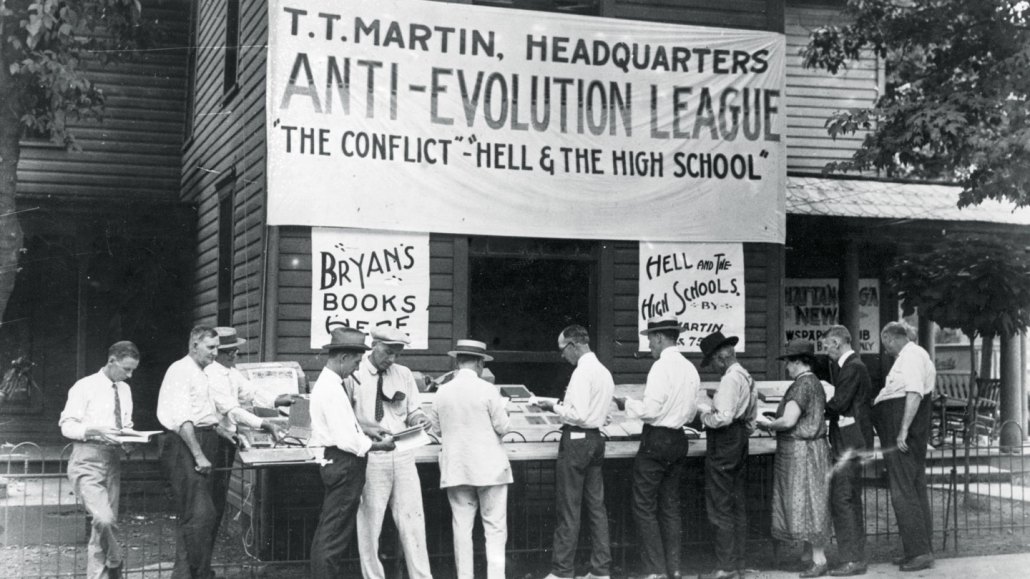How attacks on evolution in classrooms have shifted over the last 100 years
Since the Scopes trial, Science News has reported on efforts to undermine the teaching of evolution

The 1925 Scopes trial brought publicity to the issue of teaching evolution, particularly human evolution, in the classroom.
Topical Press Agency/Getty Images
